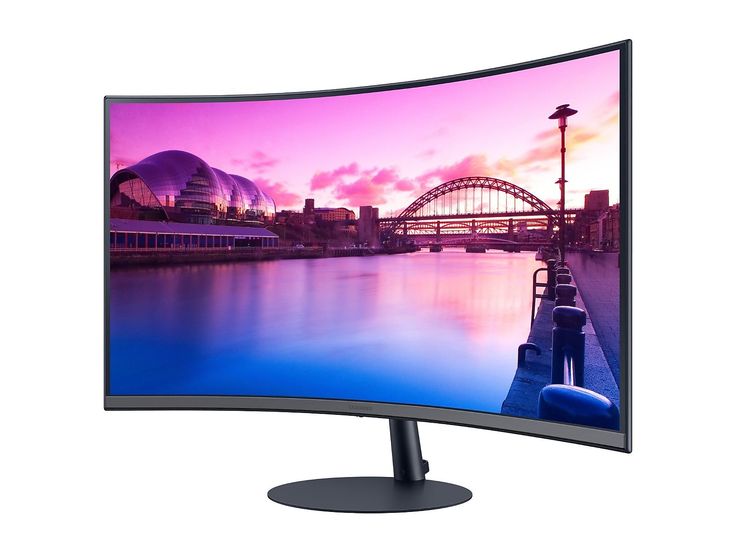In the world of digital immersion, where visual clarity and ergonomic design reign supreme, the humble monitor stands as the cornerstone of productivity, creativity, and entertainment. As a vital component of any computer setup, monitors have evolved significantly over the years, offering diverse features tailored to meet the needs of users across various domains. Let’s explore why monitors are more than just screens and how they continue to shape our digital experiences.
The Role of Monitors in Modern Computing
Monitors serve as the primary interface between users and their digital content. Whether you’re working, gaming, creating multimedia, or simply browsing the web, the monitor plays a crucial role in:
- Visual Clarity: High-resolution displays, such as 4K and even 8K monitors, deliver crisp images and vibrant colors, enhancing the viewing experience for everything from intricate design work to immersive gaming worlds.
- Productivity: Larger screens and multi-monitor setups allow for efficient multitasking, enabling users to view multiple windows simultaneously without compromising on visibility or workspace organization.
- Ergonomics: Adjustable stands and blue light filters promote ergonomic comfort, reducing eye strain during extended periods of use—a critical consideration for those who spend hours in front of their screens.
Choosing the Right Monitor
When selecting a monitor, several factors come into play:
- Display Type: Choose between LED, OLED, and IPS panels based on your specific needs for color accuracy, response time, and viewing angles.
- Resolution: Higher resolutions provide sharper images and more screen real estate, ideal for professionals in design, photography, and video editing.
- Refresh Rate: Gamers often prioritize high refresh rates (Hz) for smoother gameplay, while general users may find standard refresh rates perfectly sufficient.
- Connectivity and Ports: Ensure compatibility with your existing devices by checking for HDMI, DisplayPort, and USB-C ports.
Specialized Monitors for Different Needs
- Gaming Monitors: Designed with features like high refresh rates, low response times, and adaptive sync technologies (such as NVIDIA G-Sync or AMD FreeSync) to minimize screen tearing and input lag.
- Professional Monitors: Tailored for color accuracy and precision, with features like HDR (High Dynamic Range) support and factory calibration for applications in graphic design, video editing, and photography.
- Curved Monitors: Enhance immersion and viewing comfort by wrapping the display around your field of vision, ideal for gaming and multimedia consumption.
Beyond the Basics: Future Innovations
As technology progresses, monitors are poised to integrate even more advanced features:
- Ultra-wide Screens: Providing an expansive horizontal workspace for enhanced productivity and immersive gaming experiences.
- HDR and Quantum Dot Technology: Offering improved color reproduction and contrast ratios for more lifelike visuals.
- Smart Features: Incorporating AI-driven enhancements for automatic brightness adjustment, eye-tracking capabilities, and personalized user experiences.

